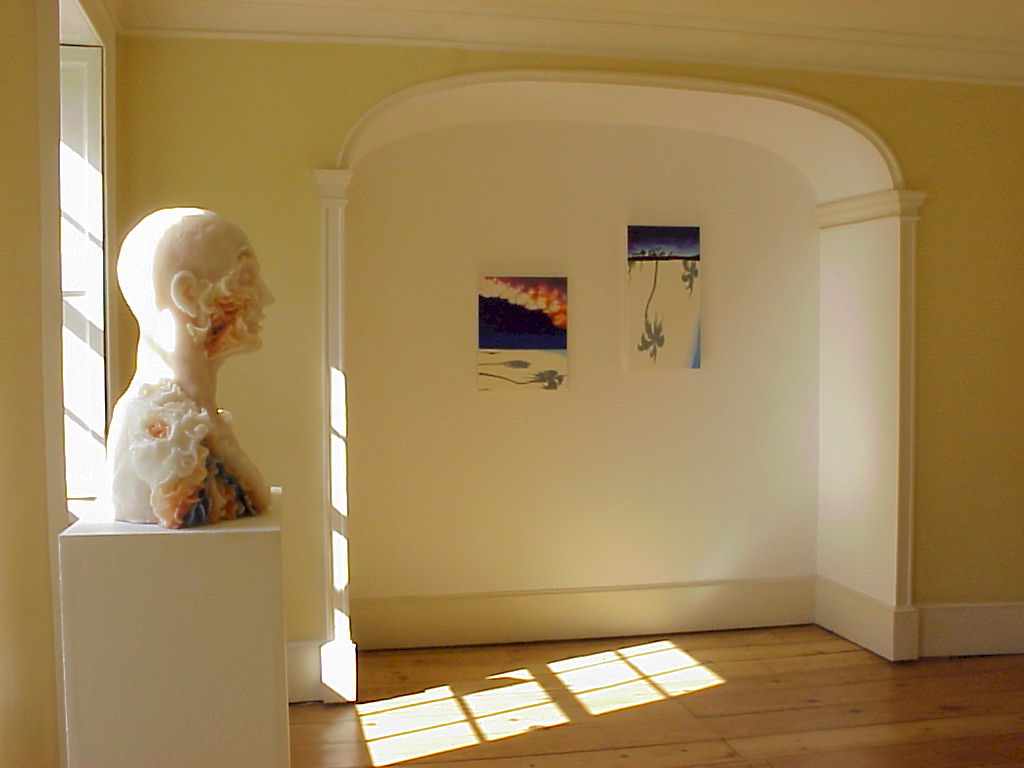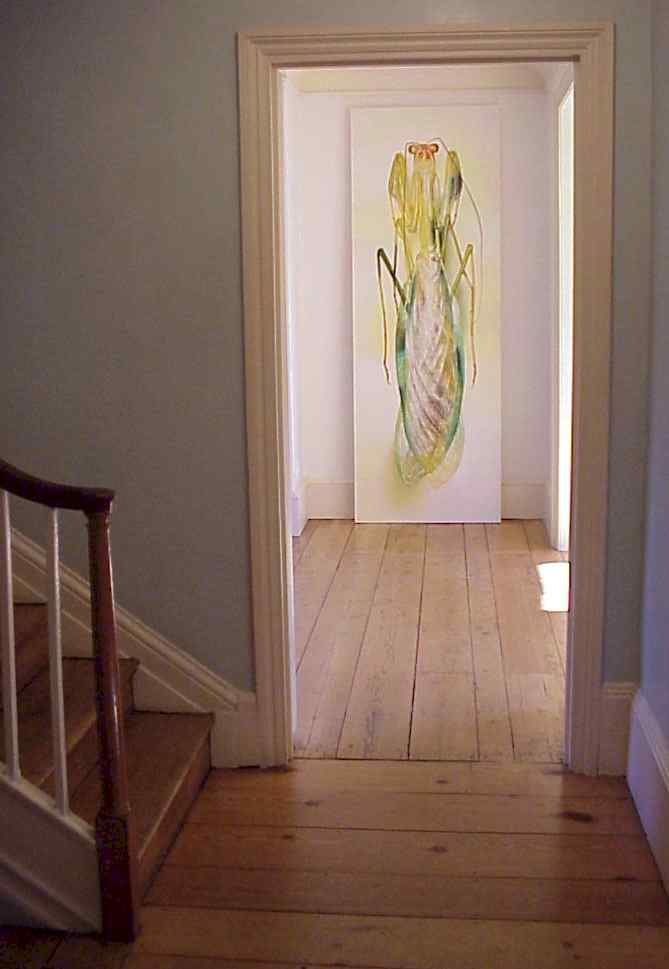|
Bittersweet curated by Roy Exley Kate Allen Emma Bennett Kate Bright Magdalena Brzeska Pip Dickens Katie Deith Mark Fairnington David Hiscock Nicky Hodge Toyoko Kato Deirdre King Astrid Pawlowitzki Rebecca Stevenson Roy Voss There is no science of the beautiful, but only a critique Emmanuel Kant Beauty is a stimulant that is only efficaceous in limited doses, taken at arbitrary and infrequent intervals we can only take so much before it pales or palls. The parameters for beauty, as intangible and elusive as the mind that attempts to capture its slippery essence, not only change from moment to moment, but also from generation to generation, as values, expectations and fashions shift and change. Our current generation prefers to pretend that beauty is extinct, an anachronism, a whimsical irrelevance - unless there are commercial implications but to which beauty are they referring? Romantic or aesthetic, kitsch or sugary beauty usually spring to mind, but the springs of beauty are not always so pure or syrupy, rarely so up-front and unsullied by the clutches of subterfuge. Beauty might strike from aesthetic regions which previously seemed alien to us, whose domain conjured up other sensations, such as horror, repulsion or revulsion. Whatever the object of beauty, whether familiar or bizarre, seductive or sinister, our perception of it as being beautiful elevates it; suddenly it transcends its previous state, it assumes a certain aura. To ask why would prove fruitless, almost as pertinent as asking when or where. Seductive beauty is like an exotic language, its nuances can be translated in so many ways, but the subtlety of these nuances is often obscured by the blinding brilliance of its aesthetic pull. We are dazzled by the obvious, by the spectacular, as the explicit stifles the implicit in a perceptual polarisation process. We are seduced as the sensational eclipses the rational. One of the principal reasons that beauty has fallen out of favour as a motif in contemporary art is that it engages the feelings, we meet it emotionally rather than intellectually. Since the effulgence of conceptual art in the 1970s, contemporary art has been increasingly theory-driven. Philosophical discourse around, and as exegesis of art has become an inseparable part of its raison d' tre, and, progressively a part of its process. This phenomenon was corroborated by Theodor Adorno, when in 1970 he wrote, in his book, Aesthetic Theory, "The very idea that enjoyment is the essence of art should be thrown overboard .. what works of art really demand from us is knowledge" does this then mean that beauty can only be equated with the mindless, and only be appreciated by the dreaming aesthete? I think that current trends in contemporary art can only negate this interrogative proposition. Thus is born Bittersweet If seductive beauty is life affirming, where does sinister, transgressive or uncanny beauty take us? Like the exotic but ominous Gold Bug in Edgar Allan Poes story of the same name, is it going to take us on a rough ride, or is it merely the other, unexpected, side of a familiar coin, initially a surprise but ultimately assimilated. This darker beauty certainly engages different emotions, sounds a different chord, less major, more minor, qualifying something more subversive, less wholesome. But at what point does this change of demeanour occur, where is the boundary between the sweet and the sinister, from where or what does this transformation spring? If beauty has the capacity to be repulsive as well as seductive, are these two aspects of beauty merely at the opposite ends of a continuum or are they dissociated, poles apart? No hard and fast answers can be supplied here, each viewer, from his or her own, unique vantage point will bring a different set of answers. To bear these questions in mind, however, while viewing Bittersweet will help to inform any perceptual response to the range of works here which are sometimes bitter, sometimes sweet and occasionally both at once. Roy Exley 2001
|
||||



